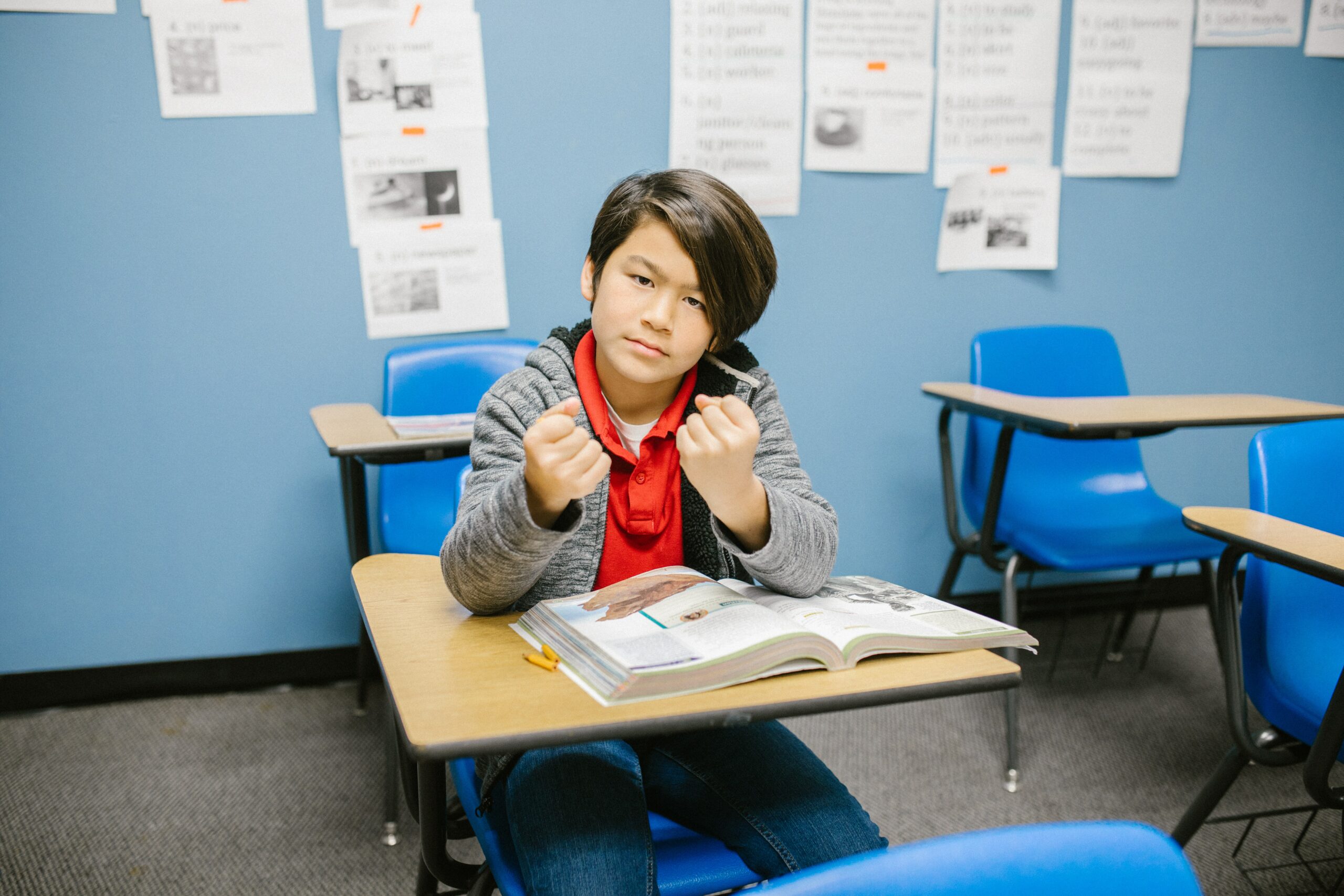Divorce is one of the most challenging transitions a family can go through. But here’s the truth: how you handle it makes all the difference—especially for your kids.
Not every divorce has to be a drawn-out battle filled with bitterness and legal drama. There is a better way. In our latest Parenting Shrink Wrapped episode, we sat down with Val Anias, Esq., a family law attorney who specializes in helping parents navigate divorce with less conflict and more collaboration.
Whether you’re in the early stages of considering divorce, actively separating, or struggling with co-parenting after a split, this guide will help you focus on what truly matters—your child’s well-being.
The Biggest Mistakes Parents Make During Divorce
Divorce is emotional. And when emotions run high, it’s easy to fall into patterns that make the process harder—especially on your children.
Here are the most common mistakes parents make (and how to avoid them):
🚨 Fighting to “Win” the Divorce – Divorce isn’t about beating your ex. When parents focus on winning, kids often lose. Instead, shift your mindset to problem-solving rather than punishing.
🚨 Dragging Kids Into the Conflict – Kids should never be used as messengers, allies, or emotional supports. Keep adult issues between adults—your child deserves to be a child.
🚨 Underestimating the Emotional Impact – Even if kids seem “fine,” divorce is a major life change for them. Providing stability, reassurance, and space for their emotions is key.
🚨 Making It About the Past, Not the Future – The relationship is over, but the co-parenting journey is just beginning. Focus on creating a structure that works for your child’s long-term well-being.
🚨 Not Having a Clear Plan – A lack of structure creates unnecessary stress. A solid co-parenting agreement, financial plan, and communication strategy can help prevent conflict.
How to Protect Your Kids During Divorce
The best thing you can do for your children during divorce? Make it as peaceful and predictable as possible.
Here’s how to keep your divorce kid-centered:
💡 Prioritize Stability – Kids thrive on routine. As much as possible, keep school, activities, and home life consistent.
💡 Minimize Conflict in Front of Them – Arguments, tension, or negativity toward the other parent can create anxiety in children. Keep communication respectful.
💡 Give Them a Voice (But Not a Burden) – Kids shouldn’t make legal decisions, but they should feel heard. Allow them to express feelings without pressure to choose sides.
💡 Use Neutral Language – Instead of “your dad forgot to pick you up,” try “there was a mix-up in the schedule.” This small shift helps reduce tension.
💡 Get Support for Yourself – Divorce is stressful. Seeking therapy, a support group, or a parenting coach can help you manage emotions so you don’t unintentionally pass that stress to your child.
Why a Collaborative Divorce Can Save You Time, Money & Stress
One of the most insightful parts of our conversation with Val Anias was about collaborative divorce—an approach that helps couples separate without escalating into unnecessary legal battles.
✅ It’s faster – Instead of months (or years) in court, collaborative divorces can be resolved in a fraction of the time.
✅ It’s cheaper – The average litigated divorce costs $50,000-$70,000 per person. Collaborative options cost significantly less.
✅ It’s less stressful – Mediation and cooperation lead to better long-term relationships, which benefits both parents and children.
Introducing the Collaborative Divorce Package
Val has developed a Collaborative Divorce Package designed to help couples navigate separation without the drama. It includes:
✔️ A step-by-step eWorkbook to guide co-parents through key decisions
✔️ Mediation support for resolving tough issues
✔️ A legally sound agreement that can be used for filing divorce papers
✔️ Forms and templates to make the process easier
For parents looking to protect their kids, save money, and move forward peacefully, this is a game-changer.
Final Thoughts: Divorce Doesn’t Have to Be Destructive
At the end of the day, divorce is a transition—not a war. The choices you make now will shape your child’s experience for years to come.
By focusing on cooperation, communication, and kid-centered decisions, you can make divorce a process of healing instead of harm.
🎧 Want to dive deeper? Listen to our full conversation with Val Anias on Parenting Shrink Wrapped! [Insert Podcast Link]
💬 Have you navigated divorce or co-parenting? What’s one piece of advice you’d share with other parents? Drop a comment below—we’d love to hear!
🎧 Want to learn more? Listen to the full conversation with Val Anias, Esq. on our latest Parenting Shrink Wrapped episode! Click here to listen now.









 The Power of Play: Why Adults Need It Just as Much as Kids
The Power of Play: Why Adults Need It Just as Much as Kids
Leave a Reply